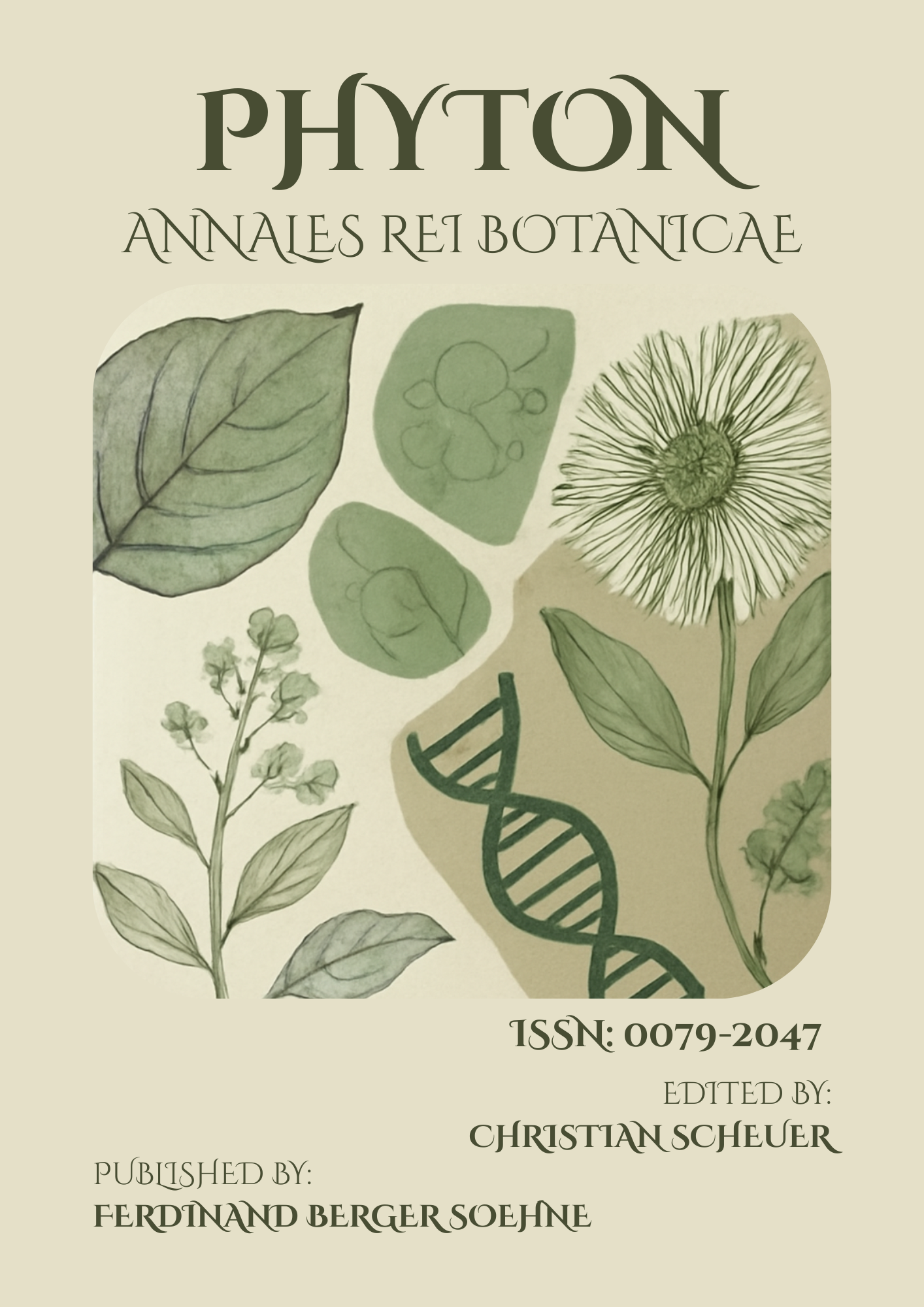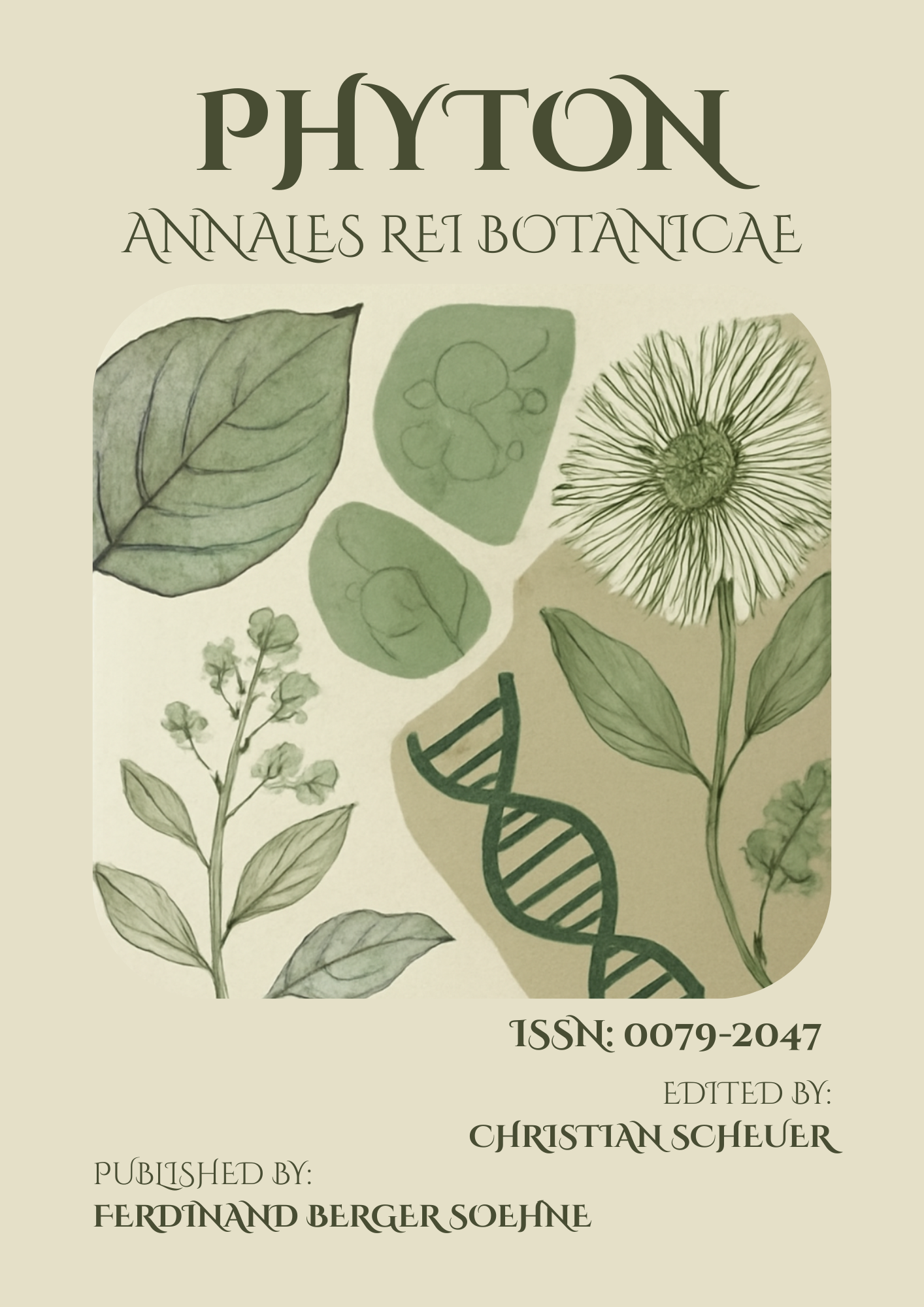Mycorrhizal Fungi and their Role in Heavy Metal Remediation: A Study from New Zealand Soils
Keywords:
mycorrhizal fungi, heavy metal remediation, bioremediation, soil contamination, New ZealandAbstract
The contamination of soils with heavy metals is a growing environmental concern in New Zealand, particularly in mining regions and urbanized areas. Bioremediation using mycorrhizal fungi presents a promising strategy for mitigating soil contamination. This study investigates the potential of indigenous mycorrhizal fungi species in New Zealand soils for the remediation of heavy metals such as lead, cadmium, and arsenic. Using a series of laboratory and field trials, we evaluated the effectiveness of mycorrhizal inoculation on the uptake and sequestration of heavy metals by native plants. Results demonstrated that mycorrhizal fungi, particularly Glomus and Rhizophagus species, enhanced plant tolerance to heavy metals and significantly increased the removal of contaminants from the soil. The inoculated plants showed improved growth and biomass production, with higher metal sequestration in their roots and shoots. Furthermore, soil microbial analysis revealed that mycorrhizal inoculation increased the diversity and functional capacity of soil microbes involved in metal detoxification. These findings suggest that mycorrhizal fungi could play a key role in sustainable soil remediation practices in New Zealand, providing an eco-friendly alternative to traditional methods. This research also contributes to the global understanding of plant-fungal interactions in environmental biotechnology and highlights the potential of indigenous fungi in addressing heavy metal contamination.
Published
How to Cite
Issue
Section
License
Copyright (c) 2023 PHYTON-ANNALES REI BOTANICAE

This work is licensed under a Creative Commons Attribution-NonCommercial-ShareAlike 4.0 International License.
This article is published under the terms of the Creative Commons Attribution-NonCommercial-ShareAlike 4.0 International License (CC BY-NC-SA 4.0). Readers may share and adapt the material for non-commercial purposes, provided appropriate credit is given and adaptations are shared under the same license.



